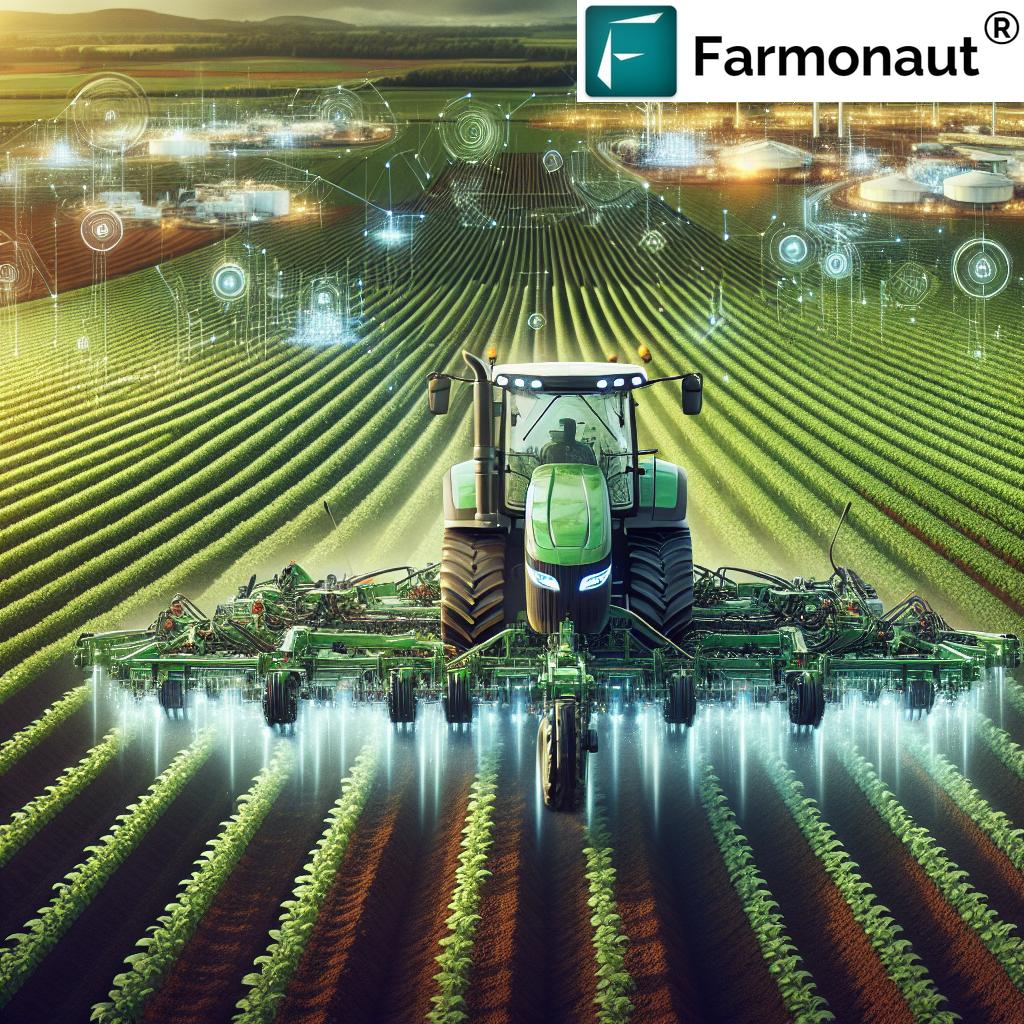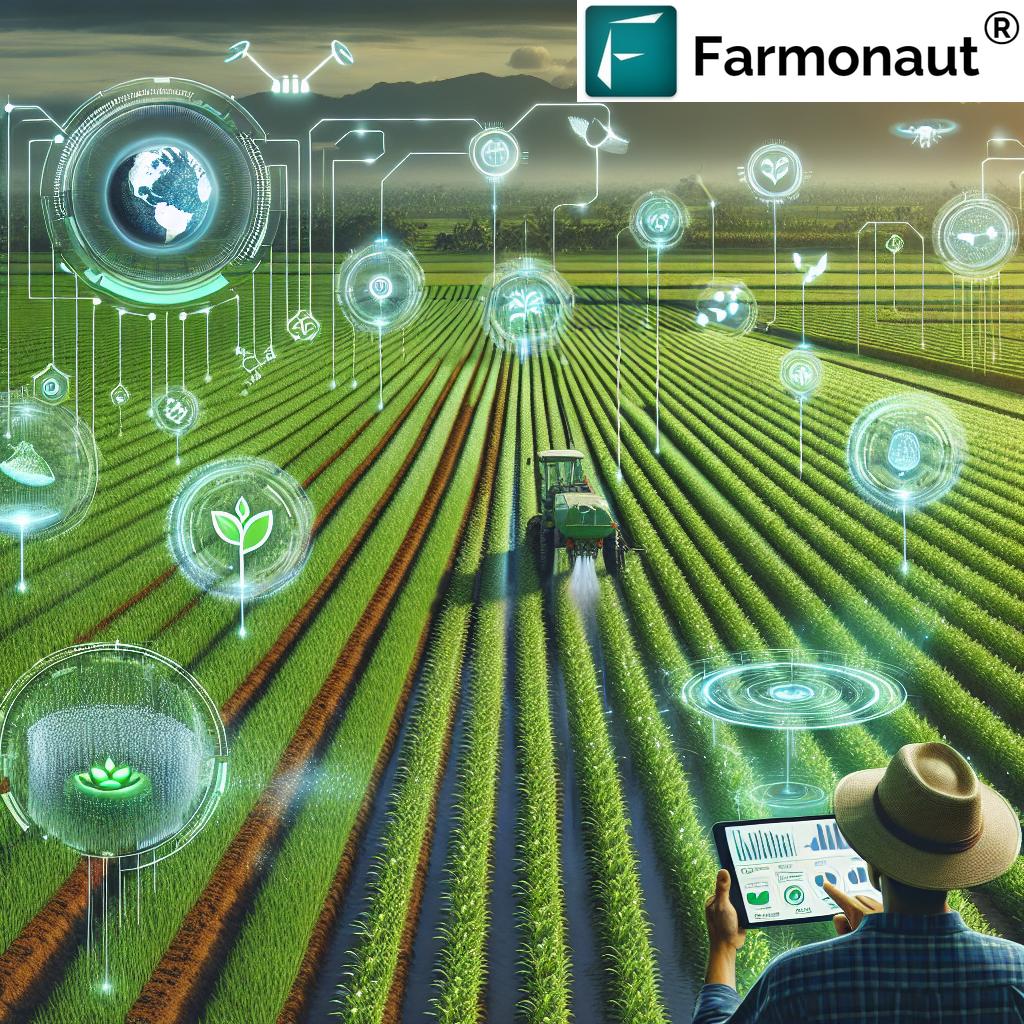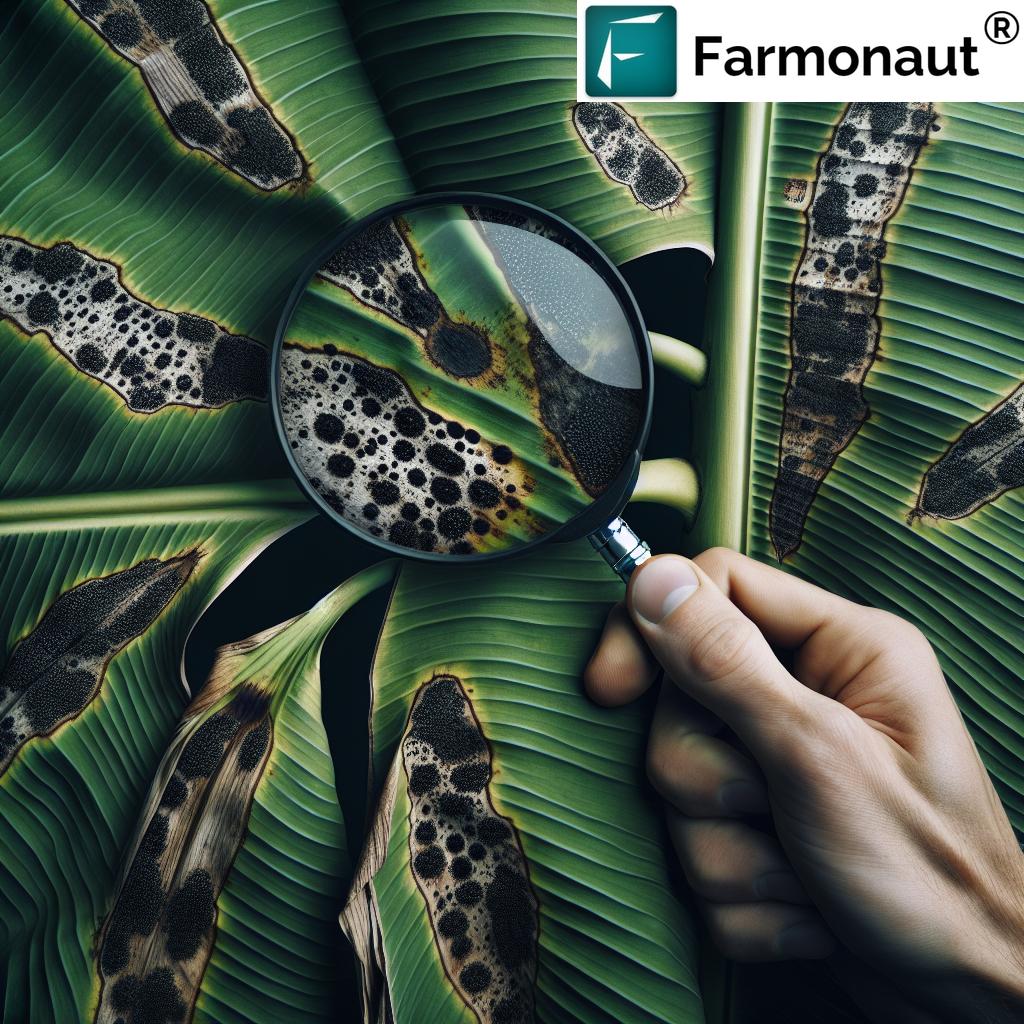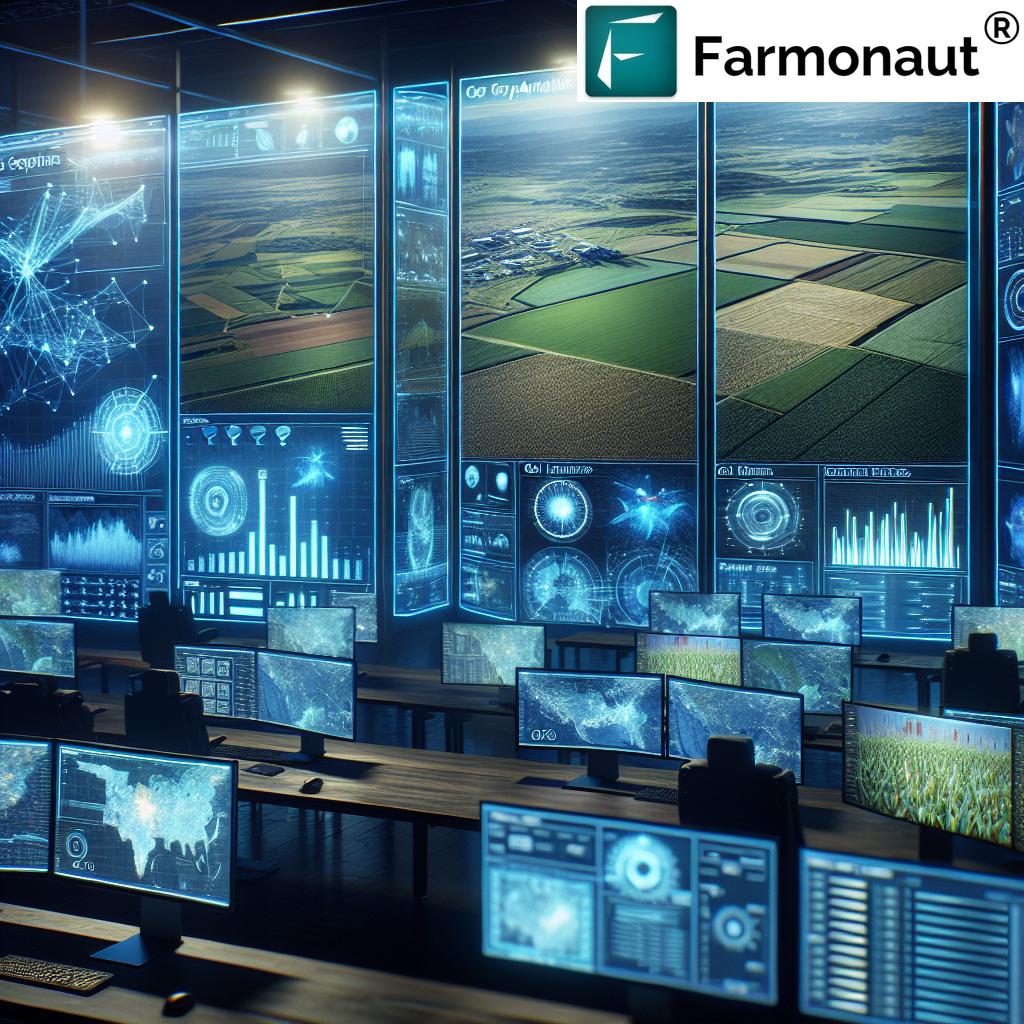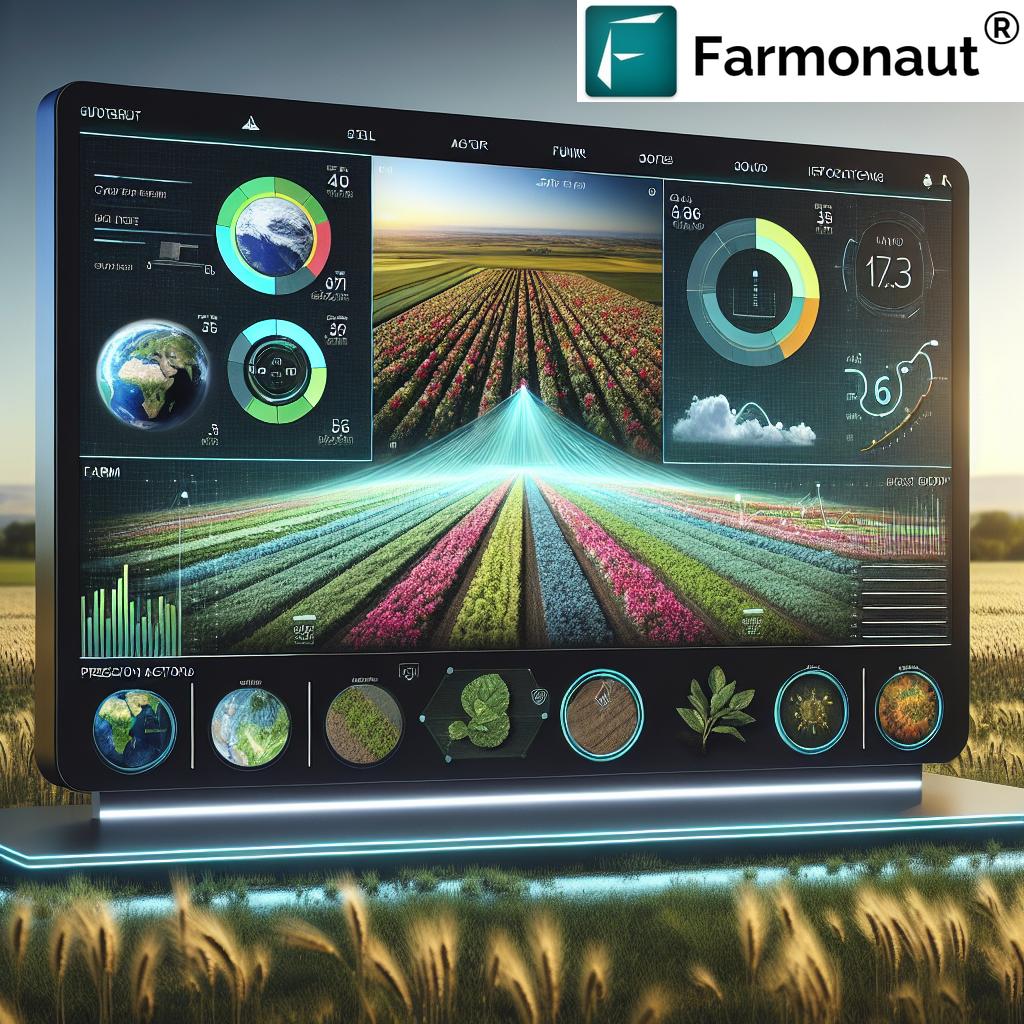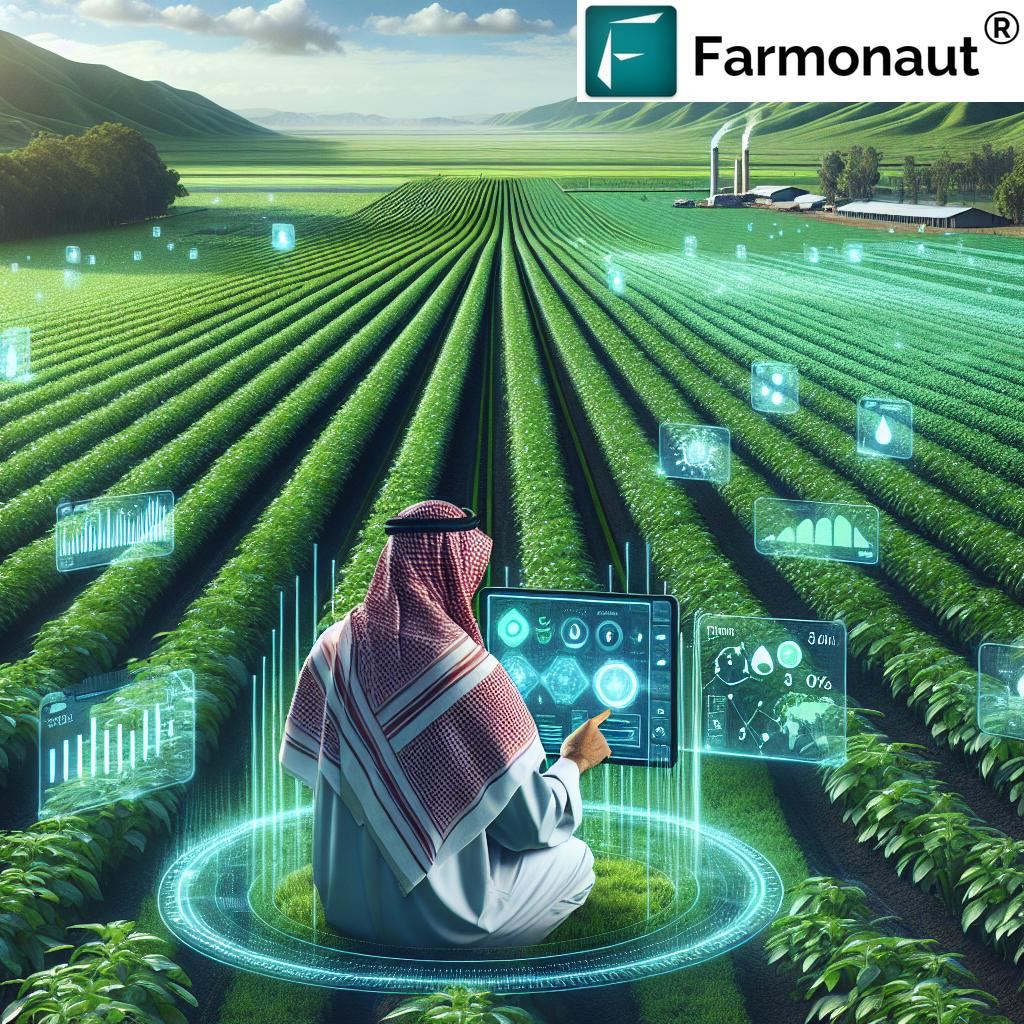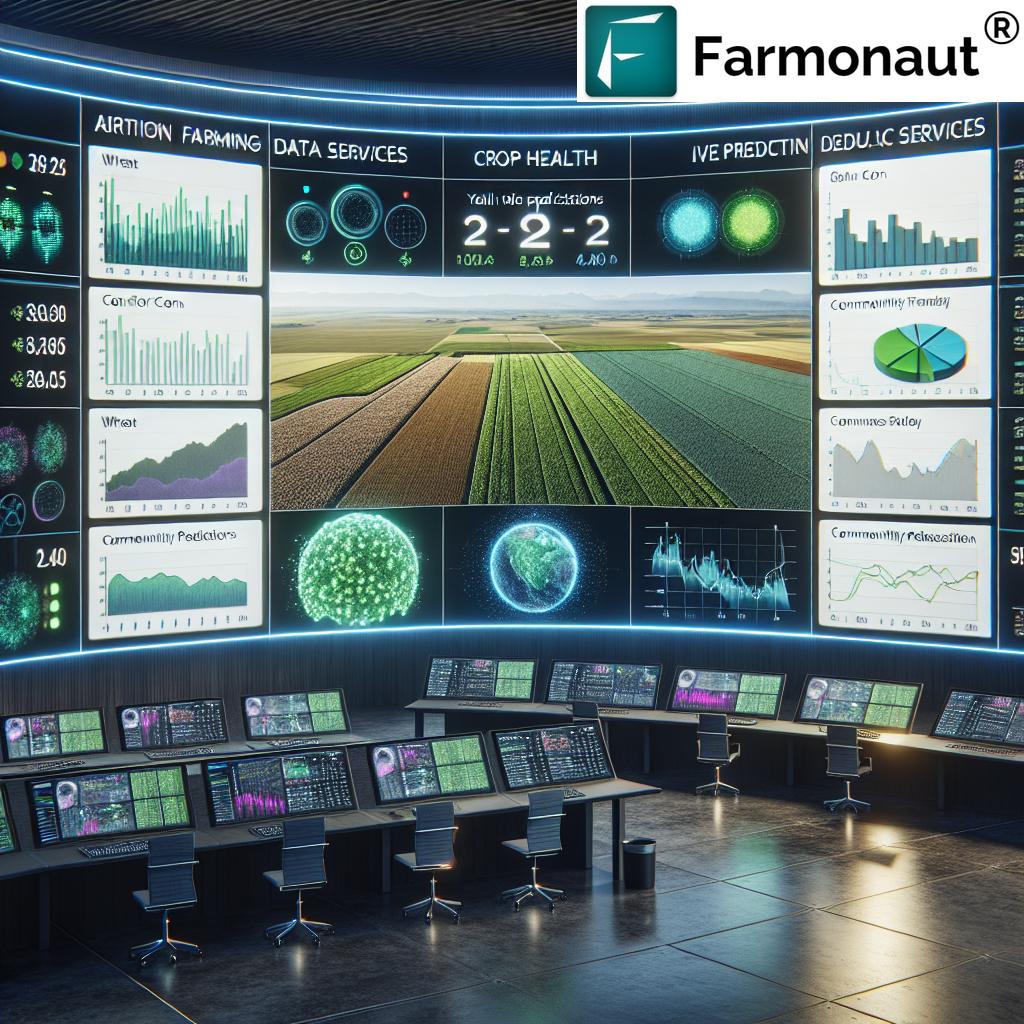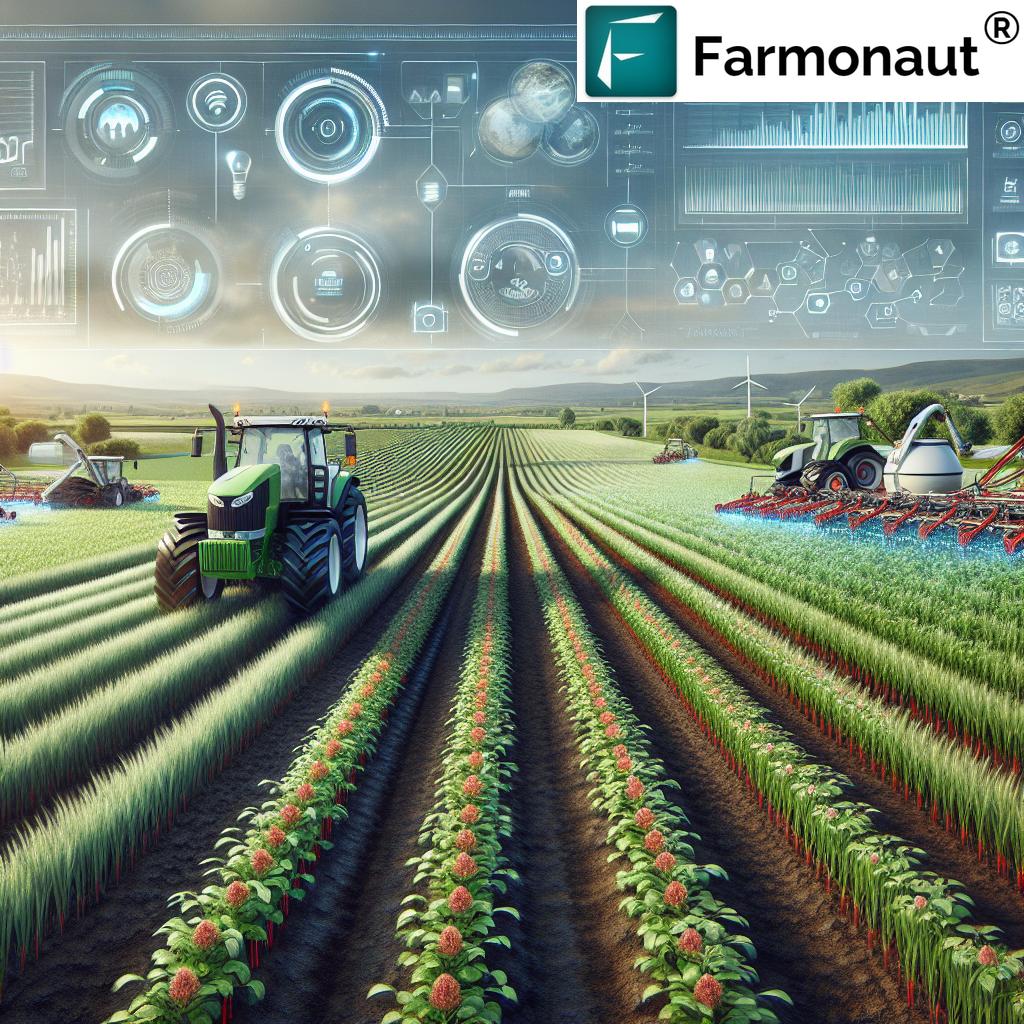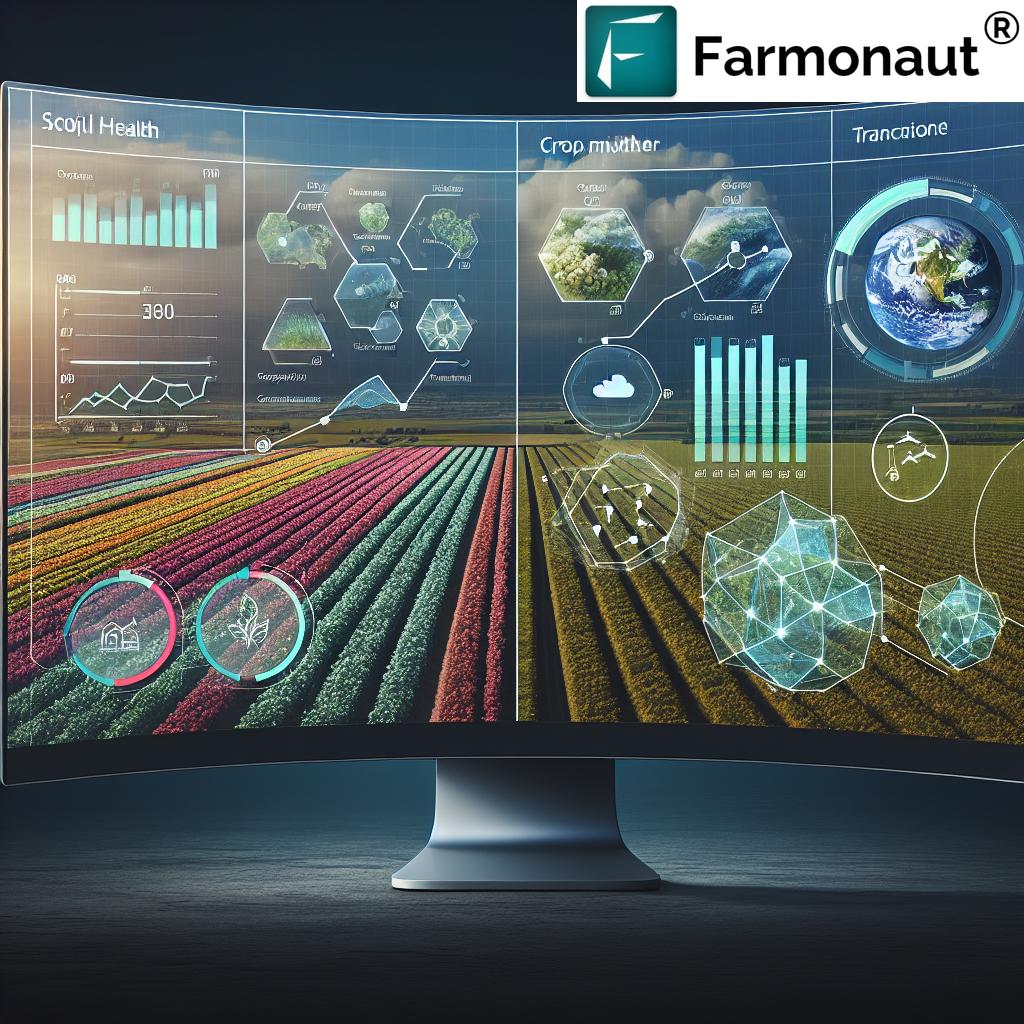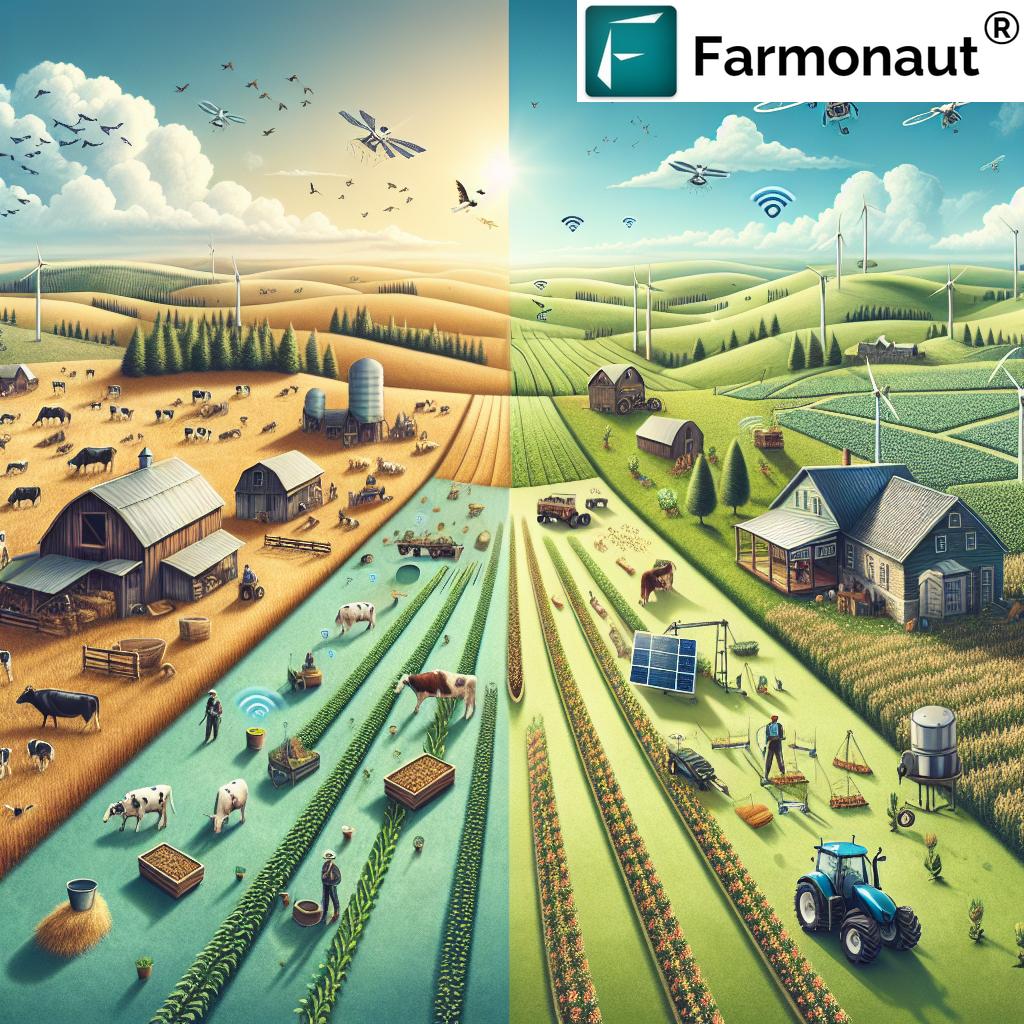Agricultural Industry Equipment: 7 Mind-Blowing Upgrades
Meta Description: Discover seven revolutionary agricultural industry equipment upgrades transforming efficiency, sustainability, and productivity in modern farming — from autonomous tractors to precision agriculture technology.
Introduction: The Evolution of Agricultural Machinery
The agricultural industry has witnessed monumental transformations over the last century. As farmers and stakeholders in agriculture, we have seen how the development, innovation, and widespread adoption of agricultural machinery and equipment have redefined what’s possible on the field. These remarkable tools not only boost productivity but also address persistent challenges such as labor shortages, environmental sustainability, and the urgent need for precision in every operation.
By integrating advanced technologies—like AI, satellite data, IoT sensors, and robotics—the sector is now experiencing a renaissance. Today, modern farming equipment and precision agriculture technology are helping us increase efficiency, reduce resource waste, and promote sustainable farming practices globally. In this comprehensive guide, we delve into seven mind-blowing upgrades that are shaping the future of farming and explore how companies like Farmonaut are empowering us to farm smarter.
“Modern tractors with GPS guidance can boost field efficiency by up to 20% compared to traditional models.”
Types of Agricultural Equipment and Their Functions
Understanding the roles of different agricultural equipment is vital as we strive to adopt modern farming equipment to maximize our operations. Below is an overview of critical machinery and their main functions in agriculture:
1. Tractors
- Backbone of modern agriculture.
- Versatile machines for plowing, tilling, planting, and hauling.
- Adaptable and indispensable on farms worldwide.
- Enable us to manage a multitude of tasks efficiently.
2. Plows
- Essential for soil preparation; break up and turn the soil.
- Create favorable conditions for seed germination.
- Chisel plows allow deep tillage while minimizing soil disruption, thus promoting soil health and reducing erosion.
3. Seeders and Planters
- Responsible for precise sowing of seeds at accurate depths and intervals.
- Planters plant multiple rows simultaneously—maximizing efficiency and crop uniformity.
More about seeders & planters ›
4. Harvesters
- Combine harvesters perform reaping, threshing, and gathering in one streamlined process.
- Central to large-scale grain farming—reduces labor and time required for harvesting.
5. Sprayers
- Apply pesticides, herbicides, and fertilizers efficiently across crops.
- Advanced sprayers optimize chemical application to minimize waste and environmental impact
6. Fertilizer Injectors
- Mix fertilizers with irrigation water (fertigation) to deliver nutrients directly to plant roots.
- Ensures efficient nutrient uptake and minimizes fertilizer waste.
What are fertilizer injectors? ›
7. Irrigation Systems
- Variable rate systems deliver precise water amounts optimized by soil moisture data.
- Promotes sustainable farming practices and water conservation.
Learn about irrigation innovations ›
8. Harvesting Robots
- Autonomous robots use AI to identify and pick ripe fruits and vegetables without damaging plants.
- Address labor shortages and increase harvesting efficiency.
“Precision seeders now achieve planting accuracy within 2 centimeters, revolutionizing crop uniformity and yield potential.”
Comparison Table: 7 Mind-Blowing Equipment Upgrades
| Equipment Name | Key Innovation/Upgrade | Estimated Efficiency Improvement (%) | Estimated Sustainability Benefit | Productivity Impact | Example Use Case |
|---|---|---|---|---|---|
| Autonomous Tractors | AI-based, GPS-guided, self-driving capability | 15–20% | Emission reduction, lower fuel usage | Extended operational hours, less manual labor | Large-scale row crop farming |
| Electric & Hybrid Farm Machines | Low/zero-carbon engines, battery-electric motors | 5–12% | Lower emissions, quieter operation | Cost reductions & cleaner energy usage | Sustainable fruit and vegetable farms |
| Precision Seeders & Planters | 2cm planting accuracy, variable rate seeding | 10–18% | Reduced seed waste, improved uniformity | Higher and more predictable yields | Corn, soybean or grain farm operations |
| Harvesting Robots | AI vision, autonomous fruit/vegetable picking | 12–20% | Reduces food waste, efficient labor usage | 24/7 precision harvesting | Tomato, apple, or berry picking |
| Smart Irrigation Systems | IoT sensors, real-time soil moisture data | 15–25% | Significant water savings, less runoff | Optimal plant growth, minimized water usage | Greenhouses & drip-irrigated fields |
| Advanced Sprayers & Applicators | Automated, variable-rate chemical application | 10–15% | Reduces chemical waste and drift | Lower input costs, better crop protection | Integrated pest/disease management fields |
| Satellite-Based Farm Management (Farmonaut) | Multispectral crop health, soil moisture, real-time alerts | 20–30% | Improved resource usage, carbon tracking | Optimize irrigation, fertilizer, and pest control | All crop types; from smallholders to large estates |
In Depth: The 7 Mind-Blowing Equipment Upgrades Transforming Agriculture
Let’s take a deep dive into the seven most impactful upgrades in agricultural industry equipment, responsible for the latest surge in farm equipment innovations and the transformation of operations globally.
1. Autonomous Tractors: Redefining Efficiency and Productivity
Autonomous tractors stand at the forefront of modern agricultural machinery. These AI-driven machines are capable of performing core tasks—such as plowing, tilling, planting, and even crop monitoring—without constant human supervision. Companies like John Deere have pioneered this arena, allowing farms to operate day and night, reducing labor costs, and boosting operational efficiency by as much as 20%.
- Equipped with sensors, lidar, and advanced computer vision to navigate and adapt across various conditions.
- Operate with impressive safety and precision, even on complex terrains.
- Ideal for large-scale farming where labor shortages constrain production capacity.
Benefit: Extended working hours, fewer labor constraints, highly consistent field performance.
See the latest on autonomous tractor innovations here.
2. Electric and Hybrid Farm Machines: Clean Tech for Tomorrow’s Farms
With climate change driving a shift to sustainable farming practices, manufacturers are turning to electric and hybrid farm machines. These engines are designed to reduce operational emissions and decrease fossil fuel dependency while delivering adequate power for planting, hauling, and harvesting.
- Electric motors offer seamless operation—with little noise and lower maintenance.
- Hybrid systems combine electric and combustion for optimum balance of range and clean energy.
- Reduces total costs of operation via fewer fluid replacements and refuels.
Benefit: Reduced emissions and operational costs, helps meet strict carbon footprint regulations, and enhances environmental sustainability.
3. Precision Seeders and Planters: Every Seed, Precisely Placed
Precision seeders and planters have fundamentally changed how we plant and sow our fields. These machines are now capable of depositing seeds at exact depths and intervals, ensuring optimal crop density and robust germination. Some systems can now achieve accuracy within two centimeters, directly impacting crop yields and resource efficiency.
- Multiple rows planted simultaneously for operational efficiency.
- Reduction in seed overlap or missed rows leads to uniform growth conditions.
- Perfect for high-value, densely seeded crops like maize, soybean, wheat, and vegetables.
Benefit: Increased crop uniformity and higher yield potential, with minimum seed and resource waste.
4. Harvesting Robots: AI Brings a New Age of Automated Crop Collection
Labor shortages and rising wages have made it increasingly challenging to manage labor-intensive harvesting. Harvesting robots, using AI-powered vision and robotic arms, are programmed to identify or “see” the ripeness of produce, and perform autonomous harvesting tasks with minimal downtime—24/7 if needed.
- AI systems enable robots to harvest delicate crops (e.g., tomatoes, strawberries) without damaging the fruit or plant.
- Robots never tire, allowing for longer harvesting windows and higher throughput.
- Perfectly suited for labor-short crops, specialty vegetables, and high-bush berry operations.
Benefit: Reduced labor dependency and food waste thanks to precise picking.
5. Smart Irrigation Systems: Every Drop Counts
With water scarcity becoming a global concern, smart irrigation systems harness IoT soil moisture sensors, weather alerts, and advanced automation to deploy just the right amount of water, just when the plant needs it. This minimizes waste and maximizes plant vigor.
- Use of real-time soil moisture and meteorological data for automated scheduling.
- Variable rate irrigation ensures each part of the field gets only as much water as is necessary.
- Remote management via apps or cloud dashboards ensures convenient operation.
Benefit: Significant water savings (up to 25%), improved crop health, and sustainability.
Advanced irrigation systems are featured in Farmonaut’s Farm Advisory tools for both plantation and precision agriculture use cases.
6. Advanced Sprayers and Applicators: Targeted Crop Protection
Traditional sprayers often led to significant amounts of wasted chemicals, environmental pollution, and inconsistent disease management. Advanced, precision sprayers—some equipped with drone-guided or robotic arms and variable-rate applicators—minimize chemical drift and environmental contamination.
- Intelligent sensors and image analysis ensure chemicals are applied only where needed.
- Automation of spraying schedules reduces operator exposure and saves time.
- Integrate with farm management platforms for data-driven pest and disease management.
Benefit: Reduced chemical input costs and environmental impact; precise protection of valuable crops.
7. Satellite-Based Farm Management: Powering Precision for All
The last—and perhaps most transformative—upgrade is the integration of satellite-based data with farm management platforms. By leveraging tools from Farmonaut, we can reach a new height of operational control and field-level intelligence. Farmonaut supplies:
- Real-time crop health monitoring (NDVI, soil moisture, pest & disease stress).
- AI-based advisory systems for immediate, location-specific recommendations.
- Blockchain-based traceability for transparent product journeys.
- Fleet management tools, enabling smarter machinery logistics and safety.
- Carbon footprint tracking to support compliance and sustainability.
Farmonaut’s platform works through mobile, web app, and API access—get started with the app here.
Farmonaut: Precision Agriculture Made Accessible to All
At Farmonaut, our mission is clear—to make precision agriculture affordable and accessible for farmers and agribusinesses worldwide. We combine satellite imagery, AI, machine learning, and blockchain to deliver actionable insights and empower every stage of the farming process.
- Subscription-based model: Flexible pricing for individual farmers, agribusinesses, or governments—monitor your fields on-demand via our Android, iOS, and web apps.
- API integration: Our satellite & weather data API lets developers and businesses embed real-time analytics within their own platforms. For documentation, visit the API Developer Docs.
- Crop health, soil moisture & risk alerts: Reduce wasted inputs while increasing yields—enabling cost-effective, data-driven farming.
- Resource and fleet management: Optimize the use of your farm machinery fleet and lower fuel, maintenance, and labor costs.
- Transparency and trust: Adopt blockchain-based traceability to offer customers in food and textile sectors verifiable data on product journeys.
- Access to financing: Leverage our platform for seamless crop loan and insurance verification, helping both farmers and lenders mitigate risks.
- Carbon footprint tracking: Monitor and manage emissions with our carbon footprint tool—key to meeting sustainability standards.
- Large-scale operations: For agribusinesses and plantations, use our Agro-Admin App for large-scale management.
No matter the scale or crop, Farmonaut’s value lies in democratizing precision agriculture, reducing costs, and promoting sustainable practices.
Recent Advancements in Agricultural Machinery
Today’s farm equipment innovations are the result of decades of research and development, smart technology integration, and our constant pursuit of higher returns with lower impact. The latest trends include:
- Autonomous Tractors and Robotics: Self-operating engines dramatically shrink our labor needs (see farming tech at CES).
- Precision Agriculture Technology: Platforms like Farmonaut deliver real-time monitoring, environmental analysis, and resource usage metrics, empowering smarter, on-the-ground decisions. Our mobile app makes these tools accessible to everyone.
- Electric & Hybrid Equipment: Reducing emissions and integrating renewable energy aligns with today’s sustainable agriculture goals (market trends report).
- Drones and AI: Drone-guided scouting and spraying are cutting both chemical usage and environmental impact with pinpoint accuracy.
- Smart Irrigation: IoT-powered systems monitor moisture and automate watering to reduce waste (see advancements in machinery).
- Advanced Sprayers: Automated scheduling and GPS/vision tools remove the guesswork and chemicals waste from plant protection.
Addressing Agricultural Challenges with Technology
As the world faces climate change, population growth, and the ongoing issue of labor shortages, next-generation agricultural machinery offers solutions to both longstanding and emerging obstacles. Here’s how the top upgrades are helping us address crucial challenges:
- Labor Shortages: Autonomous machines and harvesting robots perform repetitive or dangerous tasks, freeing human labor for more demanding activities and keeping farms productive through seasonal labor gaps.
- Resource Efficiency: Precision planters, sprayers, and smart irrigation ensure limited resources—seeds, water, fertilizers, and chemicals—are used only where and when needed, minimizing environmental impact and input costs.
- Environmental Impact: The adoption of electric/hybrid engines and carbon tracking solutions (such as Farmonaut’s carbon footprint tool) reduces emissions and positions us better for evolving regulations.
- Traceability and Trust: Blockchain traceability platforms (learn more) enable us, and our customers in the food and textile sectors, to verify every step of a product’s journey.
- Access to Finance: Platforms like Farmonaut’s satellite-based verification provide efficient, documented evidence for crop loans and insurance claims.
Though large-scale adoption requires investment and skill development, the future is bright—technology is making agriculture more efficient, sustainable, and transparent for all.
Frequently Asked Questions (FAQs)
1. What is the most important upgrade in agricultural machinery today?
Autonomous tractors and satellite-based farm management platforms are among the most significant, offering drastic improvements in field efficiency, labor reduction, and resource optimization.
2. How do smart irrigation systems help with sustainability?
Smart irrigation uses sensor data to ensure every crop receives precisely the right amount of water, preventing over- or under-watering, greatly reducing waste, and supporting water conservation goals.
3. How does Farmonaut make precision agriculture accessible?
Farmonaut’s cloud-based platform delivers affordable, subscription-based access to real-time satellite crop and soil monitoring, AI-driven advisories, and more—removing high hardware costs for farmers of all sizes.
4. Are electric and hybrid machines less powerful than traditional diesel?
Modern electric and hybrid farm machinery offers comparable (or even superior) power and torque for most crop operations, with much lower emissions and noise—making them ideal for sustainable farming.
5. Why is traceability important in agriculture?
Blockchain-based traceability improves food safety, brand trust, and operational transparency, protecting both producers and consumers from fraud and contamination risks.
6. Where can I view or try these technologies for my own farm?
The majority of tools mentioned—crop monitoring, resource management, traceability—are available via the Farmonaut app. For API testing, visit the API portal.
Conclusion: Envisioning the Future of Agricultural Machinery
As practitioners in the ever-evolving world of agriculture, we stand at the crossroads of tradition and innovation. The latest advancements in agricultural industry equipment—from autonomous tractors and harvesting robots to precision agriculture technology and satellite-based management—are more than just tools: they are catalysts for transformation.
By embracing modern farming equipment that is not only efficient but also sustainable, we are carving out a future where environmental impact is minimized, productivity is maximized, and every farm—large or small—can operate with the intelligence and agility needed to thrive. The pace of innovation shows no signs of slowing, and with accessible solutions from platforms like Farmonaut, the era of precision, data-driven, and transparent agriculture is at our fingertips.
Let’s continue to adopt, adapt, and lead in the field, ensuring that agriculture remains not only the backbone of society, but also its most forward-looking sector.
Get Started: Farmonaut Subscriptions
Ready to experience precision agriculture and modern farm management—powered by AI, satellite data, and advanced analytics?


